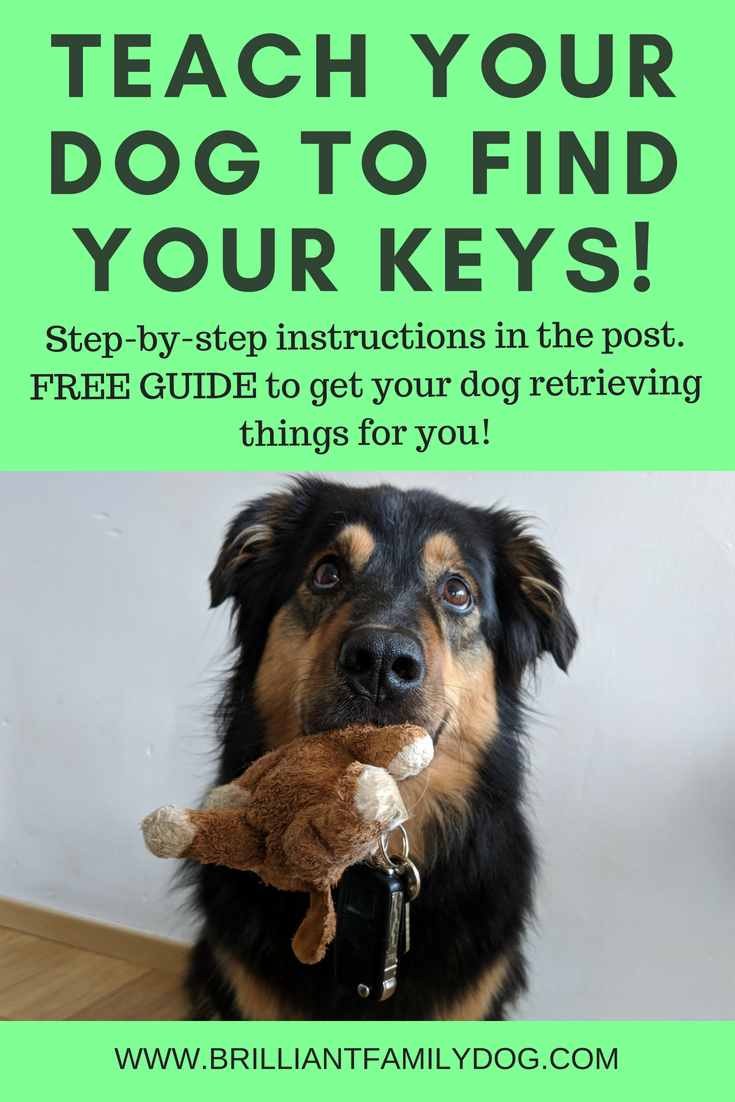We all know how our dogs love sniffing!
It’s an essential activity for them.
While we see in technicolour and smell only poorly, dogs see a very limited range of colours (spotting movement is their thing, as befits hunters) but they smell in technicolour!
Over 30% of the dog’s brain is devoted to scent.
A dog’s nose has about 300 million olfactory receptor cells that send signals to the brain, compared with our roughly 6 million, making it 50 times better at scent detection than us!
And that’s why it’s so important we give them plenty of sniffing time on walks. Only when there’s recent snow on the ground, or mud, can we see all the footprints that dogs “see” ALL the time!
Putting the noses to work
So it’s great to see dogs making a niche for themselves in so many of the emergency services - simply by using their noses.
There are:
Police dogs for tracking criminals and searching property, and many of these dogs are trained for specific targets - like money, or drugs.
It’s similar for customs dogs, and they need to sniff out foodstuffs and animals too.
Old dogs who can no longer run or jump can still enjoy using their noses. This dog has only three legs but is enjoying her work!
Search and Rescue dogs are famous for finding lost people in the wilds - also for locating buried earthquake victims.
Explosives dogs in the army (I always worry about this one 💥 😳 )
Missing persons location.
Medical alert dogs can scent the changes that presage an attack and enable the patient to seek help, meds, or safety.
Then there are medical detection dogs who can locate cancers, for example.
Water rescue dogs can scent a body in the water fathoms below their boat.
New ventures for dogs’ noses!
But did you know that there are also dogs finding gas leaks and water leaks, sometimes searching hundreds of miles of underground pipes?
And dogs locating wildlife to aid in programmes for the reintroduction of endangered species, and preventing poaching? And also to locate for removal non-native species who are endangering resident populations.
There are some really interesting examples here:
Meet our paw-some leakage detective
Charity welcomes wildlife detection dog
How Dogs Can Help Find and Protect Endangered Animals
Woody is saving the Puffins on Rathlin Island!
What is the limit for dogs’ scenting abilities?
There seems to be no limit! Some sniffer dogs are trained on upwards of forty different scents. There are always new applications being explored for dogs to discover and tell us poor humans where or what they can smell so easily.
And did you know that a dog’s nose is as individual as a fingerprint is for us? Some people are using a database to help find lost dogs by their nose-print.
Dogs truly are marvels!
Want to start your dog searching with his nose and finding things for you? Here’s a post to get you going, finding your lost car-keys in the house




















